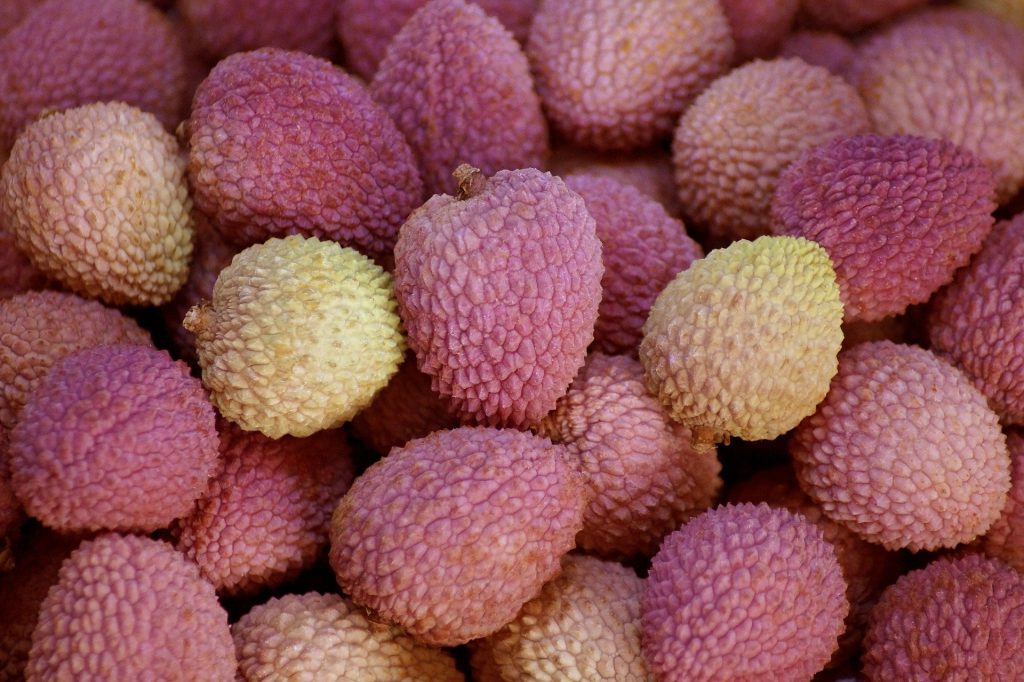Chia - Benefits and how to use it

Table of contents
Cultivated and consumed since Pre-Columbian times, the chia seed is very popular among those who want to slim their waistlines or add nutritious foods to their diet! Chia seeds were so popular among the peoples of Mesoamerica that they were part of the staple diet of the Aztecs. Historical records from the 16th century show that chia was as important as cocoa to these peoples.people and moved a complex and very profitable economic system around its cultivation.
Historical curiosities aside, you may have heard that this "superfood" is very effective in reducing those unwanted pounds on the scale. In addition, chia seeds have several health properties and are great sources of omega-3, calcium, magnesium, manganese, phosphorus, protein, fiber, and antioxidants.
With so many benefits and nutrients, it makes you want to put chia in everything you eat. On the other hand, be very careful, because, besides having contraindications for its consumption, chia in excess can cause effects contrary to those desired!
What are the health benefits of chia?
One of the benefits of chia in the body is that it helps control type one and type two diabetes. Thanks to its rich fiber content, the seed prevents the sudden increase in blood glucose levels. Thus, besides helping to control the amount of sugar in the blood and reducing the glycemic index of foods, it causes a feeling of satiety, avoiding that sudden hunger!
Due to the large amount of fiber they have, the seeds stimulate bowel movements, which improves the health of your intestines. You need to be very careful, however, because chia is rich in soluble fiber, meaning that if there is not adequate water intake, it can cause constipation and increase the risk of colitis.

Photo by Marzena P. on Pixabay
See_also: What is radiesthesia and radionics?Another benefit of this food - and perhaps one of the reasons why chia seeds are so popular - is that they help people to lose weight.
In addition to these positive effects on the functioning of our bodies, chia helps prevent premature aging, strengthens bones, reduces the risk of cardiovascular disease, and regulates cholesterol.
It is worth pointing out, however, that there is no miracle food! Its intake must be associated with a healthy exercise routine and a balanced diet. So, before you go around changing all foods for chia, seek the advice of a nutritionist, because he will advise you in the best possible way.
What is the best way to consume chia?
Including chia in our diet is very easy! Thanks to its size, it can be incorporated into our diet with a lot of versatility and creativity.
Before eating them, it is recommended to hydrate the seeds by leaving them resting in a glass of water for about 15 minutes. This increases their mucilaginous effect, i.e. their ability to absorb and retain water, causing a feeling of satiety.
You can consume it whenever you want, as long as it is in moderation, either at breakfast, mixed with honey, natural yogurt, and oatmeal, or at dinner, as a complement of some sauce or salad dressing. It is recommended, therefore, not to exceed 10g per day, which corresponds to approximately one tablespoon of the seed.

Photo by Atul Somani on Pixabay
An excellent way to consume it is to add it to lettuce leaves in a salad before your main meals. You can also include it in ready-to-eat foods like soups and yogurts, but if you want to get out of the ordinary, get creative and add chia to your recipes for cakes, cookies, and even pasta.
If you don't like the taste of chia mixed with other foods, there is a solution! You can make the so-called "chia water", which is simple: just mix 30g (three tablespoons) of chia with the juice of two lemons dissolved in one liter of water. Then add the sweetener of your choice (honey, sweetener, organic sugar, etc.) and let the mixture rest for 15 to 30 minutes.
What harm can chia cause?
Many people mistakenly believe that exaggeration can accelerate the results, but everything in excess is bad for you, and with chia it is no different.
See_also: How to know if a person is Yin or Yang?Among the harm caused by exaggerating the use of chia in the diet is weight gain. Like all seeds, chia is very calorific, for in 100g of it there are about 550 kcal, the equivalent of a packet of snacks! Thus, if consumed beyond the indicated quantity, it can end up adding those unwanted pounds to the scales.
Avoid eating the dried seeds directly, as our organic fluids (such as saliva and mucus) can end up hydrating it, causing, in turn, upset stomach systems, and don't forget to hydrate the chia before each meal by leaving it immersed in a glass of water for a period of 15 minutes!
You may also like
- Discover what functional jelly is and its benefits
- Get to know 10 cereals that will boost your diet
- Learn about the importance of seeds in our diet
There are also certain risk groups that should avoid consuming this seed, such as hypertensive and hypotensive people, and hypertensive people who usually take some medicine for hypertension may feel a drop in pressure when ingesting the seed, while hypotensive people may feel tired, sleepy, and have a headache.
So, you already know: before starting any chia-based diet that proposes miraculous results in record periods of time, doubt it! The ideal is always to seek the opinion of a nutritionist to know the best way to consume this superfood!

